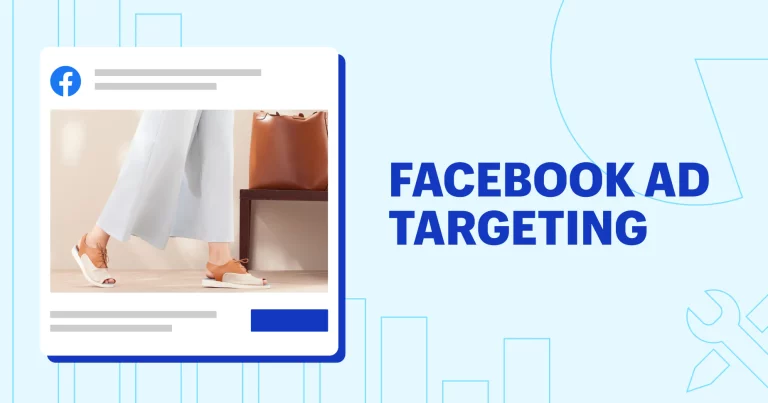Facebook: the boss’ worst enemy and everyone else’s best friend. The social media platform that steals so much of the bored desk worker’s time is a goldmine for advertisers. This was Facebook’s plan all along: build a massive user base by providing a free product that is quasi-addictive. How many times a day do you check your Facebook account? Chances are that you do it more than once a day. If you don’t, chances are that there are three others around you that do check it twice a day, or more; sometimes far more often.
But the depth of the user base and the frequency of their usage does not account for the entirety of Facebook’s allure to advertisers. The real goldmine is in the specific set of data that Facebook has collected on each of their users. Not only does Facebook have the information we actually enter into the site via our Profiles (name, gender, location, age, interests…etc), Facebook also cross-references this information with third party data providers to acquire more information. These providers give Facebook data about our incomes, net worth, home ownership, ethnic affinity and other demographic information that we don’t directly give to Facebook.
As a Facebook advertiser, you have the ability to target your ad set to users based on these metrics. Sounds great right? Don’t get me wrong: it is, but these filters must be added carefully. Adding certain filters or adding too many, can dramatically reduce the potential audience that your ad set is served to. Marketing your product to a city of half a million people? Adding too many filters can quickly narrow this audience down to a few thousand people. An audience that small is a waste of your money. I’ve seen this happen multiple times to otherwise good ad sets here in the Raleigh and Cary area.
Here’s how small target audiences can kill an ad campaign before it even starts: Facebook runs ads based on the entered budget for a campaign. They run ads continuously and evenly until the budget runs out. There is no limitation to how many times a particular ad is displayed to a specific user. That is important. If you have a small potential audience, those few users will continually see your ad, whether they respond or not and of course if a user fails to respond on their first impression, the likelihood they will respond to subsequent impressions is very low. All of a sudden, your budget is chewed up and you’re left with a CPC (cost-per-click) of $1.50 and very few new leads.
Takeaway: Be smart when using audience filters to target users. They can be a blessing and a curse. Making your potential audience unnecessarily small can kill your ad campaign before it even starts.


